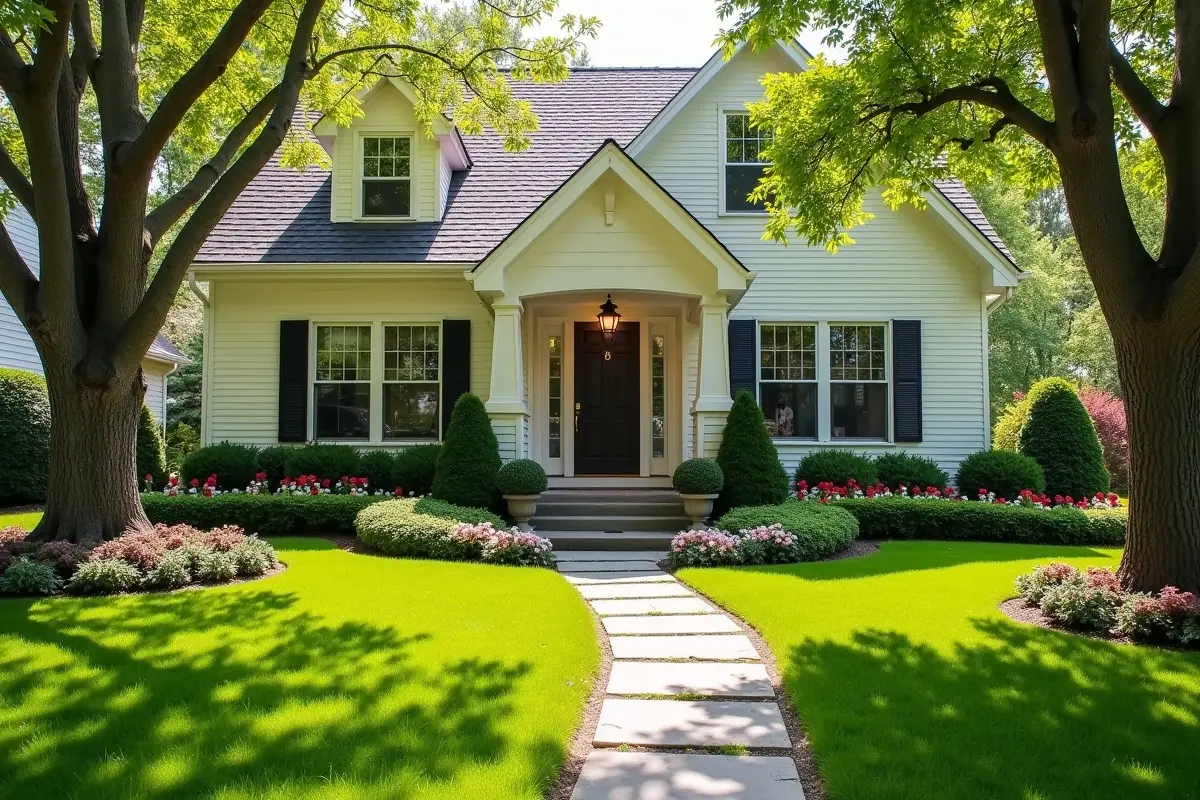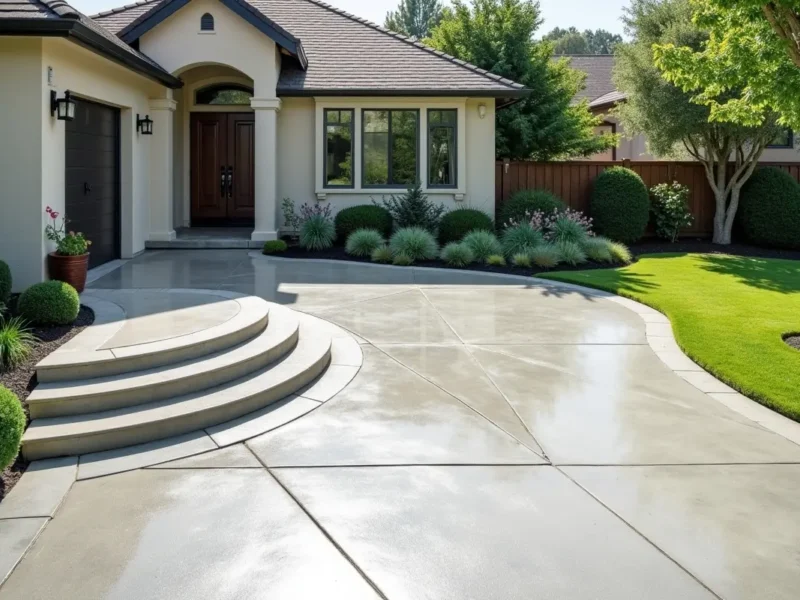In today’s dynamic real estate market, selling a home means adapting to rapid buyer preferences, economic shifts, and changing inventory. Recent fluctuations highlighted in the latest real estate data mean sellers face increased competition and more careful buyers.
Buyers are scrutinizing not just price but also value, presentation, and features. This climate is especially notable for owners of distressed homes, where standing out is crucial without simply dropping the price.
Today’s buyers prioritize move-in ready properties, energy efficiency, and design elements that reflect modern living. The surge in remote work has made features like dedicated office space and robust internet connectivity more desirable. Sellers responding to these demands are far more likely to attract serious buyers, maximize offers, and avoid the pitfall of undervaluing their homes for a quick sale.
Contents
- 1 First Impressions Matter: The Power of Curb Appeal
- 2 Photography That Makes a Difference
- 3 Pricing Smart—But Not Selling Short
- 4 Highlighting Value-Added Features
- 5 Open Houses and Virtual Showings: Creating Engagement
- 6 Providing Transparency Without Giving Away Leverage
- 7 Leveraging Market Data for Strategic Decisions
- 8 Summary: Balanced Steps to Attract Buyers Without Lowering Your Price
First Impressions Matter: The Power of Curb Appeal
First impressions play a pivotal role in the homebuying process. The moment buyers arrive—either in person or virtually—the exterior sets the tone. Small investments such as fresh paint for the front door, well-trimmed landscaping, or updated lighting can yield significant returns.
Power washing walkways, mulching flower beds, and adding a few potted plants are all low-cost improvements with outsized impact. Ultimately, these efforts can generate more showings and competitive offers, reducing the temptation to lower your price to drive activity.
Photography That Makes a Difference
Presentation is paramount; nothing like high-quality photography and immersive virtual tours sells your home online. According to industry studies, listings with crisp, well-lit photos capture more attention and tend to fetch higher prices.
Highlighting areas that require no repairs reassures buyers and increases appeal. Avoid poorly lit, cluttered, or overly edited images—they can turn buyers away or raise suspicions. Instead, stage key spaces for clarity and openness, ensuring each shot highlights your home’s best features. Investing in professional photography makes your listing more inviting and credible in a crowded market.
Pricing Smart—But Not Selling Short
Setting your asking price requires more than a gut feeling—it demands a strategic approach rooted in data. Use a Comparative Market Analysis (CMA) to review recent sales of comparable properties in your neighborhood. This ensures you anchor your price in reality rather than hope.
Overpricing can lead to stagnant listings and eventual reductions, while underpricing means leaving money on the table. Finding the sweet spot enhances buyer interest while protecting your home’s perceived value.
Highlighting Value-Added Features
Identify features that set your home apart: remodeled kitchens, energy-efficient upgrades, smart home technology, or outdoor living spaces. Feature these upgrades prominently in your listing description and photography.
Consider how your home meets buyers’ needs and aspirations; help them envision life in your space by setting up rooms to demonstrate function and comfort. Telling your home’s unique story draws buyers who are willing to compete for a residence that fits their lifestyle.
Open Houses and Virtual Showings: Creating Engagement
Whether in-person or online, showings can engage buyers and create lasting impressions. For traditional open houses, ensure the home is spotless, clutter-free, and smells inviting. Offer handouts that highlight features and recent upgrades.
Use stable video, clear narration, and a logical flow for virtual showings that guide viewers through the property. Encourage questions and feedback to foster a sense of connection. Engaged buyers are likelier to submit strong offers, often without demanding price concessions.
Providing Transparency Without Giving Away Leverage
Today’s buyers expect transparency—honest disclosures about a home’s condition, repairs, and history are key to building trust. However, you don’t need to volunteer every detail that could undermine your negotiating position. Instead, balance forthrightness with strategic communication.
Disclose necessary information to stay compliant and win buyer confidence, but avoid highlighting minor flaws or issues that haven’t been questioned directly. Strong communication ensures credibility while giving you room to negotiate effectively.
Leveraging Market Data for Strategic Decisions
Staying informed through both local and national data can provide a significant edge. Review trends in your region and remain aware of national housing developments to anticipate shifts impacting buyer interest, such as those discussed in this industry news analysis.
Regularly consult real estate reports, adjust your sales strategy in response to changes, and consider working with professionals who prioritize data-driven guidance. Strategic, informed adjustments can help you stay ahead of market curves and maximize your sales outcome.
Summary: Balanced Steps to Attract Buyers Without Lowering Your Price
Throughout every step, preparation, attention to detail, and data-driven strategy are your allies in attracting buyers without undervaluing your home. You command buyer attention and respect by focusing on curb appeal, professional presentation, competitive yet realistic pricing, and highlighting unique attributes.
Honest communication and a strategic approach to offers ensure that you retain negotiating power while inspiring trust. Most importantly, being aware of current market trends and consumer expectations equips you to make timely decisions, protect your equity and accomplish a successful, stress-free sale.



